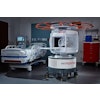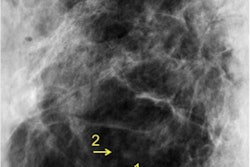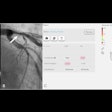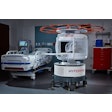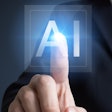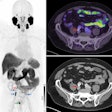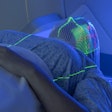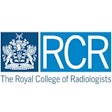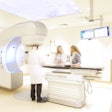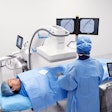Dear Healthcare Informatics Insider,
Deep-learning technology could have many applications in radiology, including the potential to uncover imaging biomarkers in rare diseases.
At the recent RSNA 2016 meeting in Chicago, a team of Swiss researchers shared how they developed and trained a deep-learning model to learn more about nasopharyngeal cancer, a rare cancer worldwide but unusually common in southern China. How did it perform and what value did it provide? Click here for all of the details.
Speaking of deep learning, Dr. Paul Chang of the University of Chicago shared his interesting opinions on artificial intelligence in a video interview with AuntMinnie.com Editor-in-Chief Brian Casey at RSNA 2016. You can view that by clicking here.
Dr. Robert Wachter of the University of California, San Francisco, also spoke at the Chicago meeting on the downside of the digital age in radiology. Given all of the changes that have taken place, there's a lot radiologists need to do to reframe exactly what the specialty offers, according to Wachter. You can access our coverage of his presentation by clicking here.
Artificial intelligence and big data analytics were very hot topics at RSNA 2016, but there was also no shortage of viewing software on display in the exhibit halls. Stephen Holloway of Signify Research explores current market trends for visualization software in a column for AuntMinnieEurope.com.
Royal College of Radiologists President Dr. Nicola Strickland believes there's a critical need for effective vendor-neutral peer feedback and peer-review systems for reported imaging studies. Click here to learn how this would benefit radiologists.
If you have any tips or suggestions for topics you'd like to see covered in the Healthcare Informatics Community, please feel free to drop me a line.
From all of us at AuntMinnieEurope.com, we wish you the very best for the season!


